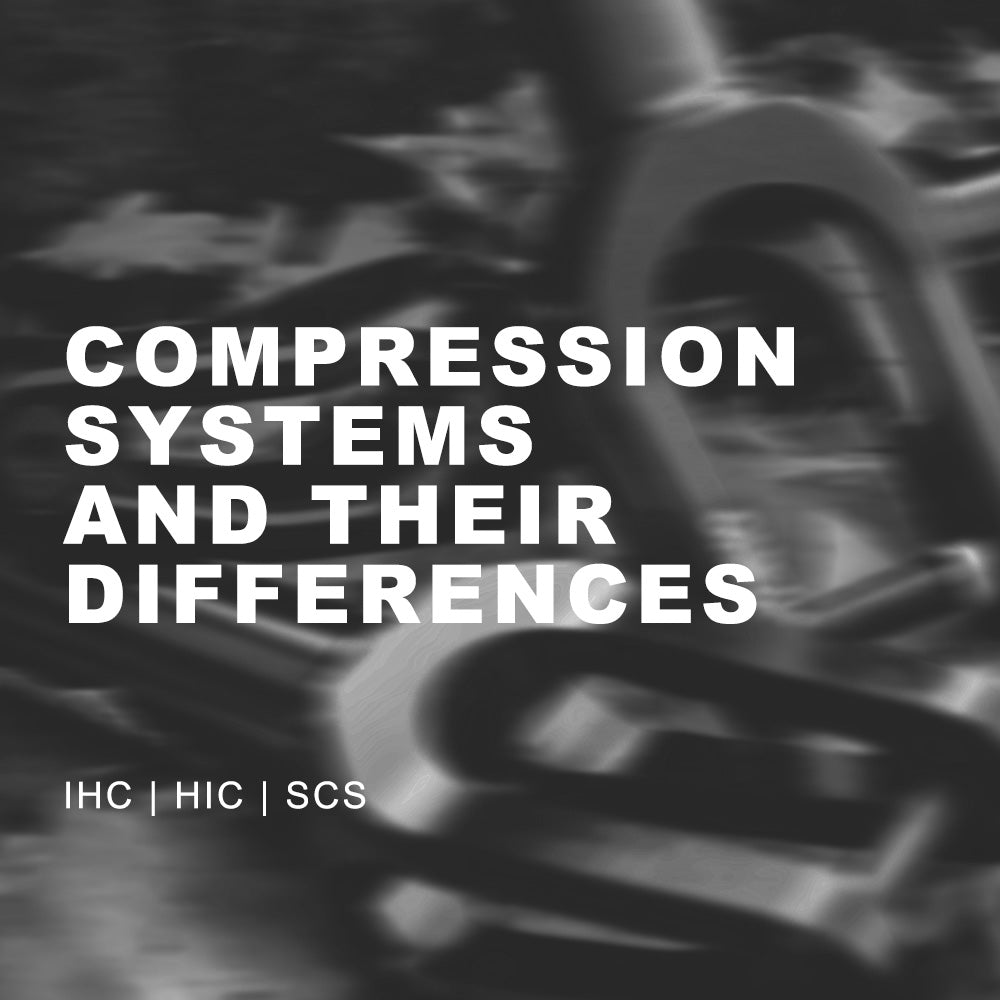🛴 What’s the Difference Between a Pro Scooter and a Regular Scooter?
Not all scooters are created equal. Whether you're buying your first scooter or upgrading from a basic model, knowing the difference between a pro scooter and a regular kick scooter can save you from costly mistakes.
In this guide, we’ll unpack six critical differences that separate casual kick scooters from serious, trick-ready pro scooters. Let’s roll.
1. 🛠️ Strength & Frame Design
A major difference lies in construction.
Regular kick scooters (like those from Razor) are made for easy riding, not skatepark abuse. They often fold for convenience but are built with thinner aluminum or plastic, making them more prone to breakage.
Pro scooters are crafted from materials such as aircraft-grade aluminum, steel, & Titanium and feature non-folding designs. This fixed build offers significantly more strength—essential for stunts and durability.
2. 🧰 Compression System: Engineered for Performance
What holds a pro scooter together? A compression system.
Pro models feature:
-
IHC (Internal Hidden Compression)
-
HIC (Hidden Internal Compression)
-
SCS (Standard Compression System)
Regular scooters skip this tech entirely, using what the industry calls non-integrated compression that is prone to fail and incredibly hard to fix.
3. 🛞 Wheels, Bearings & Cores
Wheels impact both speed and safety.
-
Regular scooters use smaller (98–110 mm), soft plastic-core wheels—affordable but less durable.
-
Pro scooters feature 110–125 mm aluminum core wheels with higher urethane hardness (88a–100a). Paired with ABEC-9 bearings, they roll faster and last longer.
If you're planning to do tricks, aluminum cores are a must.
4. 📏 Deck Design & Ride Stability
Deck width and shape are easy to overlook, but crucial.
Kick scooters have narrow decks, curved edges, and aren’t meant for grinding or jumping. They prioritize portability.
Pro scooter decks are traditionally wider (4.5" or more) and ideal for stability during tricks and smoother grinding on rails.
5. 🧱 Weight, Foldability & Portability
-
Kick scooters are light (usually under 7 lbs) and can fold, making them ideal for kids and commuting.
-
Pro scooters tend to be a little heavier (8–11 lbs), and don’t fold, but they’re balanced to enhance control and reduce frame stress. The lightest and best pro scooters can get as low as 5lbs!!!
In short, pro scooters trade convenience for strength and performance.
6. 💰 Customization & Cost
Regular scooters are mass-produced with minimal customization and highly prone to failure.
Pro scooters offer full custom build options—you can swap bars, decks, wheels, clamps, grips, & more. You can even combine parts from all your favorite brands! This makes them ideal for serious riders who want performance tuned to their style.
Naturally, the price reflects this:
-
Kick scooters: $30–$90
-
Pro scooters: $150–$350+
📋 Comparison Table: Pro vs. Regular Scooters
| Feature | Regular Kick Scooter | Pro Scooter |
|---|---|---|
| Frame Design | Foldable, adjustable | Fixed, trick-ready |
| Compression System | None-integrated | HIC, IHC, or SCS |
| Wheels | 98–110 mm, plastic | 110–125 mm, aluminum core |
| Bearings | ABEC 5 or lower | ABEC 9 or better |
| Deck | Narrow, curved | Wide |
| Customization | None | Fully customizable |
| Price Range | $30–$90 | $150–$350+ |
🧠 FAQs: Frequently Asked Scooter Questions
1. Is a pro scooter suitable for beginners?
Yes, especially if they’re interested in learning tricks. Just choose a beginner-friendly model from brands like Fuzion, lucky or Envy.
2. Why don’t pro scooters fold?
Folding creates weak points. Pro scooters are designed to stay rigid for safety and strength during tricks.
3. Can I upgrade a regular scooter into a pro scooter?
No—regular scooters lack the frame strength and compatibility to handle pro-level parts or compression systems. Additionally, the headtube on regular scooters is smaller than the standard sized pro scooter which means every part from the fork, headset, etc would not be compatible.
4. What kind of wheels do pro scooters use?
Aluminum core wheels with high-rebound urethane and ABEC-9 bearings are standard on most pro models.
5. Which scooter brand is best for tricks?
Top picks include Ethic, Envy, Fuzion, and Lucky—all offer parts for beginner to expert riders.
6. Are pro scooters good for commuting?
Not really. They’re heavy and non-foldable, though still durable. A commuter scooter is more practical for everyday transport. They are still a better option than a Razor scooter for commuting as the ride will be more smooth and it will last much longer.
🛍️ Final Word: Which One Is Right for You?
If you want something for casual rides, commuting, or young kids, a regular kick scooter is lightweight and budget-friendly but do not expect it to last more than a couple of months.
But if your goal is freestyle riding, skatepark stunts, or long-term performance. invest in a pro scooter. It’ll last longer, ride better, and grow with your skills.




Leave a comment
This site is protected by hCaptcha and the hCaptcha Privacy Policy and Terms of Service apply.